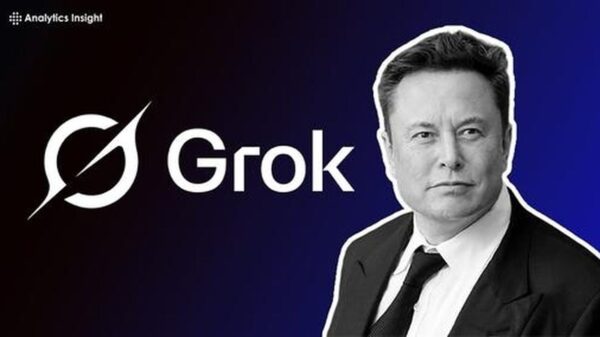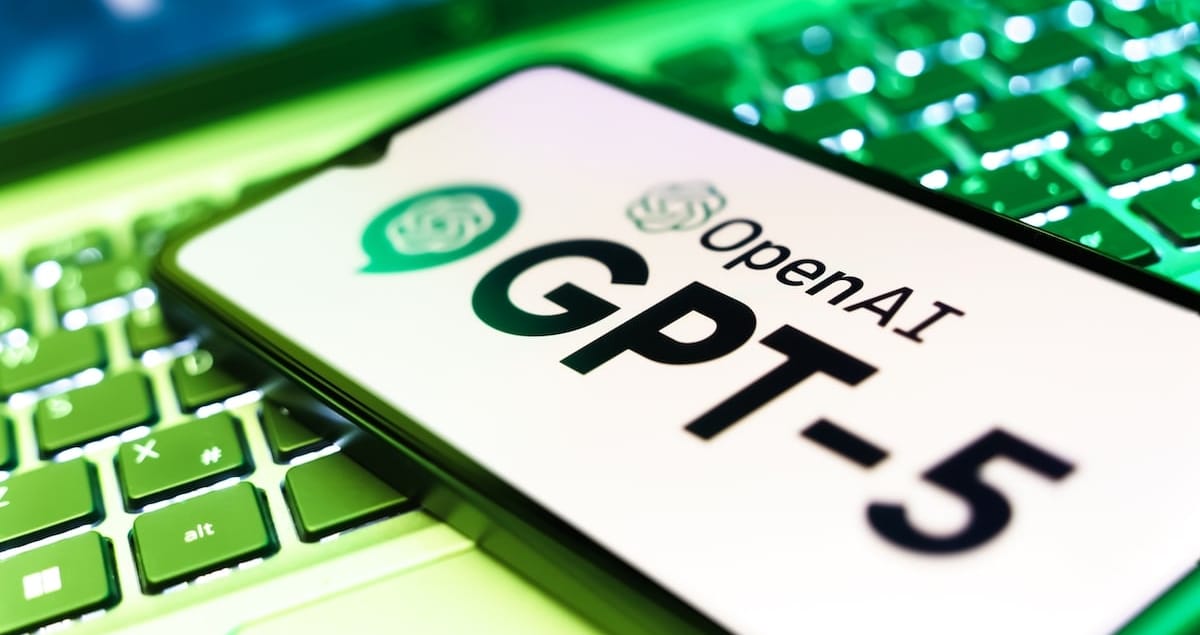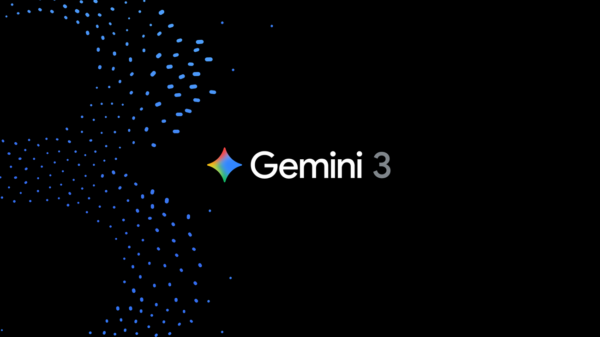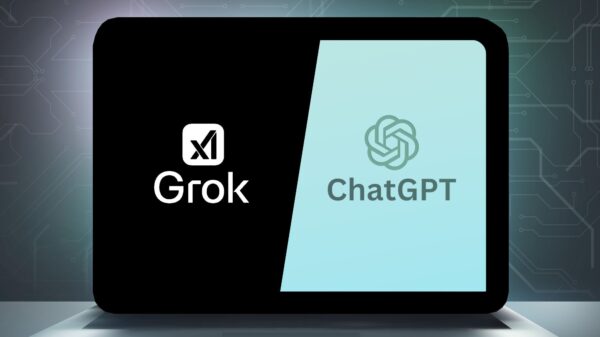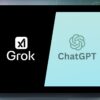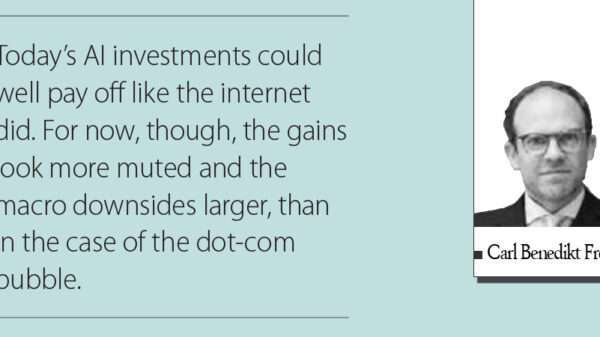OpenAI has officially launched GPT-5, marking a significant advancement in its AI offerings for all ChatGPT users. The model features enhancements in reasoning, problem-solving, and agentic capabilities, as highlighted by OpenAI’s CEO, Sam Altman, during a pre-recorded press briefing. He stated, “It’s like talking to an expert. A legitimate, PhD-level expert in any area you need. I think having something like GPT-5 would be pretty much unimaginable at any previous time in history.”
Introducing GPT-5
GPT-5 is a multimodal language model that serves as the default model for the ChatGPT chatbot. Released in August 2025, this iteration boasts improved reasoning, accuracy, and adaptability compared to its predecessors, seamlessly switching between quick responses and in-depth analysis based on the task at hand. However, the rollout encountered issues, with users reporting inconsistent performance and confusion over interface changes. Following these complaints, OpenAI restored access to the deprecated GPT-4o for paid users and revised its “unified” design, allowing users to manually select settings for responses.
The development of GPT-5 represents over two years of efforts amid a rapidly evolving competitive landscape. When first envisioned, OpenAI’s ChatGPT had set off a generative AI arms race. However, major players like Google, Meta, and xAI, alongside startups created by former OpenAI employees such as Anthropic and Perplexity, have since made significant strides. Additionally, notable advancements from Chinese companies like DeepSeek and Baidu further complicate the competitive environment.
Capabilities of GPT-5
OpenAI emphasizes that GPT-5 excels in multiple areas, notably coding, creative writing, and healthcare.
Coding
GPT-5 has been described as the most capable coding model released by OpenAI, with improved performance in front-end generation and larger code debugging. Altman showcased its ability to interpret plain language and generate code through a process termed “vibe coding.” Users can describe desired applications, and GPT-5 can generate the necessary code and functionality, evidenced by projects like a pixel art tool and a mobile game.
Creative Writing
In the realm of writing, GPT-5 is designed to assist users in transforming ideas into coherent text. It manages complex writing tasks, including maintaining unrhymed iambic pentameter. Samples shared during the briefing included a wedding toast and poetry drafts, demonstrating its versatility in both creative and routine writing tasks.
Healthcare
On the health front, GPT-5 achieved top scores on the HealthBench benchmark, which evaluates performance against realistic medical scenarios. OpenAI positions GPT-5 as an “active thought partner” in health discussions, guiding users in understanding health information and preparing questions for healthcare professionals. However, it stresses that GPT-5 is not a substitute for licensed medical advice.
What About AGI?
Despite its advancements, GPT-5 does not yet attain the status of artificial general intelligence (AGI). Though it is more sophisticated than its predecessor, GPT-4, Altman acknowledged that GPT-5 still lacks the continuous learning characteristic essential for AGI. He noted that while GPT-5 demonstrates general intelligence, “it’s still missing something quite important.”
Comparative Performance
OpenAI’s internal assessments indicate that GPT-5 outperforms earlier models like GPT-4o and o3 in areas such as mathematics, real-world coding, and multimodal understanding. The model also exhibits improvements in providing accurate and trustworthy answers, mitigating previous tendencies of hallucination and excessive sycophancy.
The company has adopted new safety protocols termed “safe completions,” which allow GPT-5 to offer partial or contextual responses while adhering to safety guidelines. This approach minimizes the common “I’m sorry, I can’t assist with that” responses of previous models, marking a shift toward a more user-friendly interaction.
Accessing GPT-5
Currently, GPT-5 is accessible to all signed-in ChatGPT users holding Free, Plus, Pro, and Team accounts. Users with Free accounts have limited access before the system defaults to a “mini” version. Plus and Team users enjoy higher limits, while Pro users have unlimited access to the advanced GPT-5 Pro version. Developers can also access the model through OpenAI’s API, which offers multiple size variants—including GPT-5 mini and GPT-5 nano.
As the AI landscape continues to evolve, GPT-5 stands as a noteworthy leap forward for OpenAI, even as the journey toward true AGI remains ongoing.
 Google Launches Gemini 3 Pro, Setting New Standard in AI Performance and Visual Reasoning
Google Launches Gemini 3 Pro, Setting New Standard in AI Performance and Visual Reasoning NVIDIA Unveils Nemotron Elastic LLMs, Reducing Training Costs by 360x with Nested Models
NVIDIA Unveils Nemotron Elastic LLMs, Reducing Training Costs by 360x with Nested Models OpenAI Halts FoloToy Sales After Kumma Bear’s Inappropriate Conversations Raise Safety Concerns
OpenAI Halts FoloToy Sales After Kumma Bear’s Inappropriate Conversations Raise Safety Concerns AI-Generated Images: Can You Identify the 5 AI Creations Among 10 Real-Life Photos?
AI-Generated Images: Can You Identify the 5 AI Creations Among 10 Real-Life Photos? Five Generative Models: Key Strengths and Use Cases for AI Professionals
Five Generative Models: Key Strengths and Use Cases for AI Professionals
